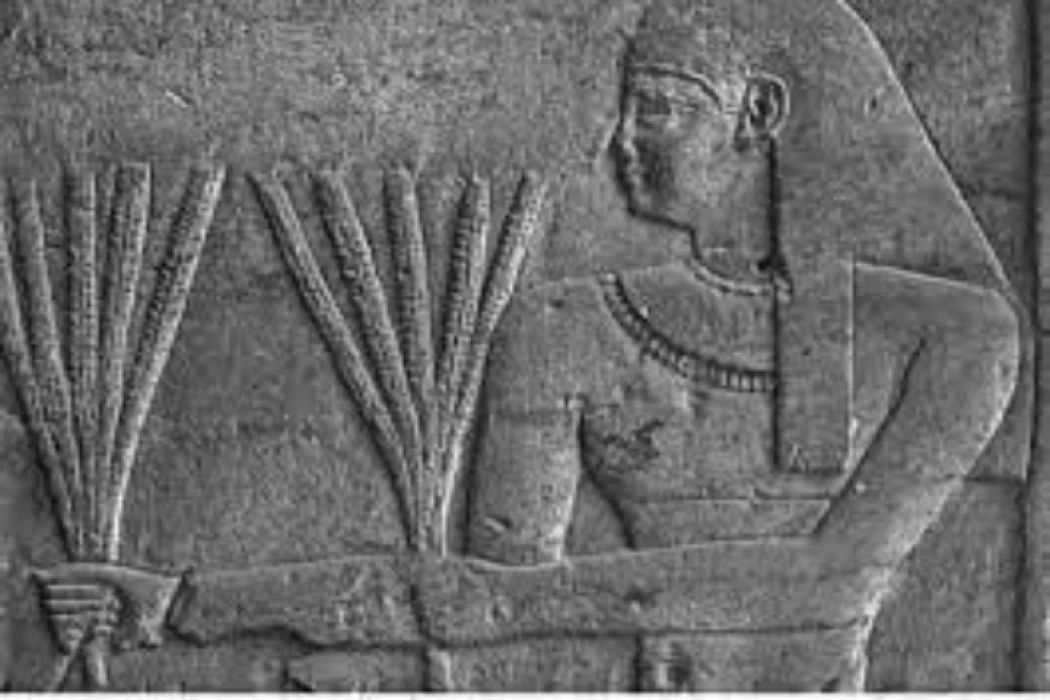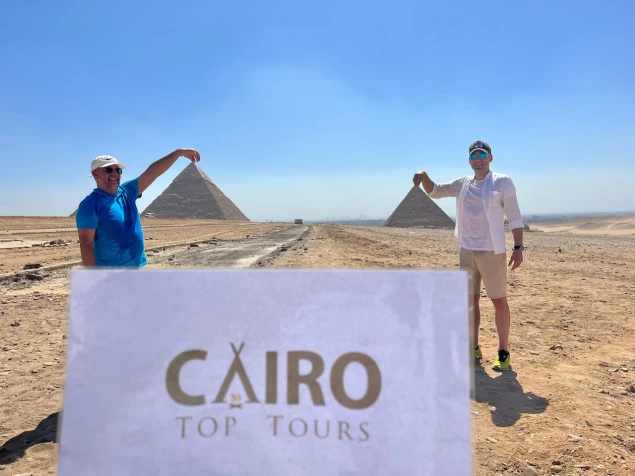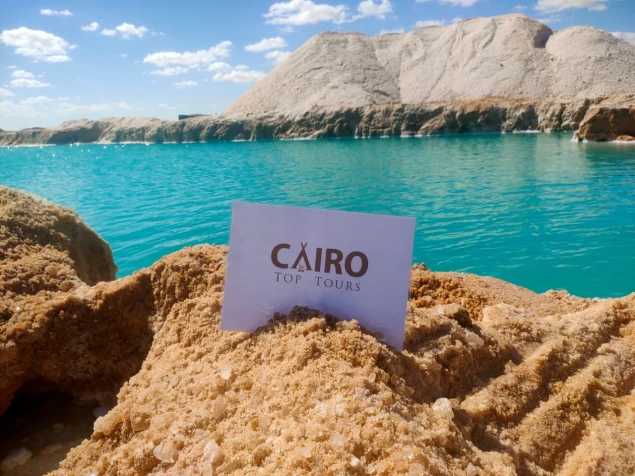
Neper God Of Grain
Neper was the deity of grains, particularly cereals that were important in Ancient Egypt, such as wheat and barley. It was stated that he foretold when the crops would grow, be harvested, and disappear. He was worshiped mostly as a god who kept people healthy through their food.
Neper was a divinity who took on human form. He did, however, have remarkable grain markings. He also had grains above his head, as shown in the picture on the left. He wore tiny clothes, like in the picture which shows him wearing a cloth around his waist. Neper was revered throughout Egypt. Neper had a female version of himself named Nepit. Nepit was the goddess of grains. Renenutet, Neper's mother, was a goddess of nutrition and harvesting who also embodied grains.
In ancient Egyptian mythology, Neper was adored as the deity of grain and exercised enormous power over agricultural activities and land wealth. Farmers sought Neper's blessings for abundant harvests, believing in his power to promote the growth of crops such as barley, emmer wheat, and perhaps corn. His power expanded beyond grain to include the total prosperity and richness of the land, with his abilities entwined with the cyclical rhythms of planting, growth, and harvest.
In Egyptian mythology, Neper's link with Osiris, the god of the underworld and rebirth, represents the cycle of life and death inherent in agricultural methods. Neper was worshipped throughout Egypt, but he was most venerated in the fertile Nile Delta, where rituals and offerings were done to ensure plentiful harvests and long-term prosperity. While archeological records show few temples dedicated entirely to Neper, he is thought to have played an important role in agricultural ceremonies held in temples dedicated to other goddesses like Osiris and Isis.
Neper's representation in ancient Egyptian art demonstrates his strong attachment to the land and its wealth. He is frequently depicted with black skin that resembles the fertile soil along the Nile River, representing the essence of fertility and growth. His artwork typically depicts him grasping sheaves of grain or carrying a scepter made of grain, emphasizing his role as the deity of grain. Neper, unlike the intimidating size of deities such as Horus or Osiris, appears kinder and more youthful in artistic portrayals. Neper is occasionally represented as a kid cradled in the arms of his mother, Renenutet, the goddess of harvest, emphasizing his nurturing role in the pantheon.
Neper's genealogy in Egyptian mythology is intertwined with many deities linked with the earth and fertility, emphasizing his importance in maintaining life. While details about his family are unknown, Neper is frequently associated with Geb, the earth god, and Osiris, the goddess of vegetation and the afterlife, due to their common realms. Neper's pedigree, as the offspring of Geb and Nut, the deity and goddess of earth and heaven, respectively, emphasizes his critical role in guaranteeing the land's fertility and productivity.
Furthermore, Neper's affiliation with Osiris reinforces his connection to the agricultural cycle, as Osiris' legendary cycle of death and rebirth corresponds to the yearly rhythms of planting, growth, and harvest. Neper's familial connections bolstered his status as a patron of agriculture and sustenance. His mother, Renenutet, a respected goddess of harvest and grains, represented the cyclical aspect of agriculture, whereas Neper represented the continuous cycle of growth.
The paternity of Neper is still debated, with some authors pointing to Sobek, the crocodile-headed god associated with the Nile River, as a possible father figure. This relationship emphasizes the Nile's importance as the lifeblood of Egyptian agriculture.
Although Neper is not as well-known as some of his Egyptian predecessors, his legacy lives on. The idea of a deity presiding over agriculture and the earth's wealth is shared by many different cultures around the world. Moreover, the principles of sustainable agriculture and reverence for the earth’s resources mirror Neper’s ancient role within Egyptian society.
While the current devotion of Neper has faded, his legacy lives on in subtle ways. The intrinsic value of grain in maintaining human life acts as a constant reminder of agriculture's fundamental necessity. Furthermore, Neper's symbolism for the periodic cycles of growth and harvest emphasizes the interconnection of life and the natural world, providing eternal lessons in environmental care.
A personification of the grain, he was considered, in popular religion, the son of Renenutet. In the agricultural calendar, the beginning of sowing coincided with his birth. Thus, this minor god of the Egyptian pantheon was very closely linked to the idea of resurrection (just as vegetation seems to be reborn each year). This character was undoubtedly very ancient, since the Sarcophagus Texts provide "formulas for the transformation of Neper."
This role is embodied in funerary furniture by molds in the shape of Osiris (referred to by Egyptologists as "vegetating Osirises") sown with grains which, when they germinate, represented the return to life.
Neper played an important role in Egyptian religion; this fact is confirmed by coffin texts, the Book of the dead and the Imy-dwAt. Npri's role in the, book of the dead in terms of providing the dead with food, is a limited role compared to his roles in the coffin texts, which were linked to resurrection and life that he grants for the dead.
Figure (1) a Nepri in the temple of Sahu-Ra, b details of the figure (After Borchardt, 1913, pl. 30)
Figure (2) Nepri in front of Sekht and Hapy in wadi-Elsebu‛ (After Guglielmi, Die feldgˆttin Sxt, in die welt des orient, Band VII, 1973-1974, p.222, Abb.2)
Figure (3) a Nepri in front of Sokar-Osiris holding wheat bunches in Dendara, b details of the figure
What Neper Did in Myth Stories
Neper’s job as the god of grain was many-sided and important to the well-being of old Egyptian society. As the watcher of grain, Neper’s job was making sure the land was fertile and there was a good harvest. This job was key in a place where farming was the main part of the money and everyday life.
Think of a world where the success of your fields decided not only your food but your overall success. People needed Neper’s help to make sure the fields would produce lots of grain, which would keep the people fed and support the money system.














